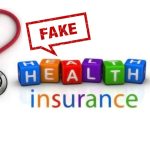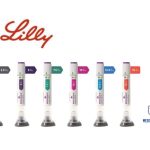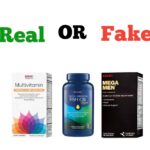The Story of How a Fake Twitter Account Cost Eli Lilly $15 Billion
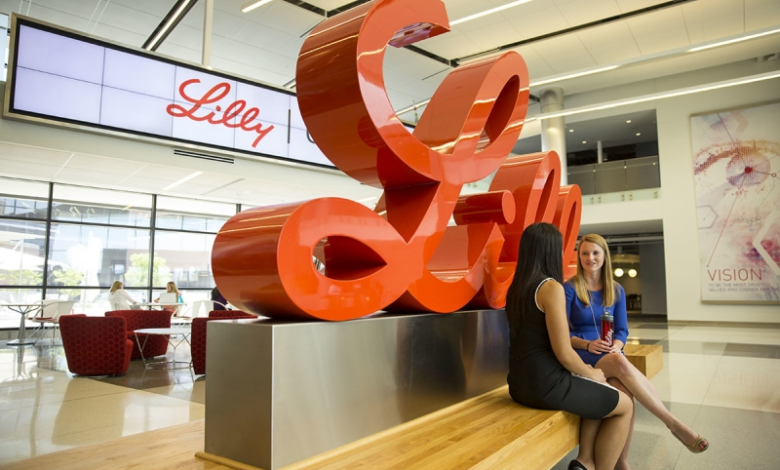
It was a news story that caught many off guard and left people feeling blue when the Twitter account @EliLillyandCo made a surprising announcement: “We are excited to announce insulin is free now.” With the account bearing the coveted blue checkmark, indicating Twitter had verified it as the real Eli Lilly and Company, it seemed like a dream come true for the millions of Americans relying on insulin daily for diabetes management. The rising costs of insulin, reaching over $1000 per month for some uninsured individuals, made the prospect of free medication incredibly appealing.
However, the jubilation didn’t last long as the truth emerged. The @EliLillyandCo account turned out to be a fraudulent one, leaving many disappointed and questioning how such a misleading account could receive Twitter’s verification. The actual Eli Lilly and Company, represented by the authentic @LillyPad Twitter account, promptly clarified the situation, asserting that they were not giving away insulin for free.
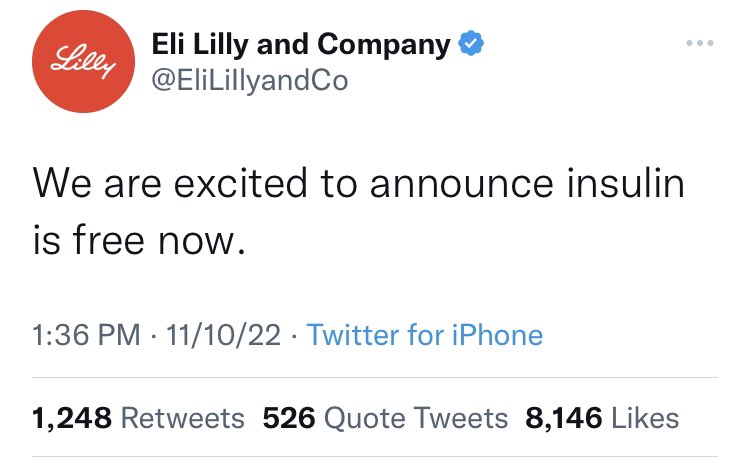
In the wake of this incident, changes were afoot at Twitter. Billionaire Elon Musk’s acquisition of the platform brought about a series of alterations, including a significant shift in the blue checkmark policy. Traditionally, accounts had to provide legitimate proof of their identity to earn the coveted verification badge. However, with the introduction of the subscription service Twitter Blue, anyone could obtain a blue checkmark for a monthly fee of $8, regardless of their authenticity.
This decision opened the floodgates for fake accounts to obtain blue checkmarks, leading to a series of disruptive incidents. Phony accounts representing major companies, celebrities, and even former presidents surfaced, causing confusion and spreading false information. The newfound availability of legitimacy for a price sparked criticism and concerns about the integrity of verified accounts.
Among the impostors, @EliLillyandCo wasn’t the only fake account masquerading as Eli Lilly and Company to sport the blue checkmark. Another account, @LillyPadCo, tweeted provocative statements about the pricing of medication, further muddying the waters.
The tale of the fake Twitter accounts highlighted the challenges and risks that came with the changes in the verification process. As the platform attempted to restore authenticity and credibility, users were left wondering how a seemingly simple decision had led to such chaos and mischief in the digital realm.
The fallout from the fake Eli Lilly Twitter accounts was swift, with the company’s stock share price experiencing a significant drop of 4.37%. This translated to a loss of over $15 billion in market capitalization, leaving the share price at $352.30. While some attributed this decline to the impersonation by the fake accounts, it’s challenging to pinpoint the exact cause, as various factors can influence a company’s stock price. As an example, GameStop’s share price saw a massive surge in 2021 due to online investors rallying against hedge funds.
The decision to offer blue verification checkmarks for a monthly fee of $8 drew criticism and concern. Many saw it as a blow to the authenticity and credibility of Twitter accounts that had previously undergone thorough verification processes. The move also created an avenue for misinformation and disinformation to spread on the platform. Some speculated that such a change might even favor billionaires, further fueling the debate surrounding the influence of wealthy individuals.
However, Musk’s decision didn’t come without consequences for Twitter’s operations. Gutting the communications department after implementing a significant account verification change raised eyebrows, as it left the platform with limited means of addressing issues and concerns effectively.
Despite the fake accounts’ impact and the controversy surrounding the blue checkmark policy, it’s essential to clarify that Eli Lilly and Company did not offer insulin for free, contrary to the false claims made by the impostor account. In fact, the company faced criticism from Senator Bernie Sanders, who pointed out that the price of insulin had risen by over 1200% since 1996, highlighting the ongoing challenges of affordability for many individuals.
Ultimately, while $8 might open doors on Twitter, it certainly won’t address the issues surrounding insulin affordability and access, underscoring the complexities of healthcare and the financial burdens faced by those in need of essential medications.
After the incident, the company announced a change in their Twitter handle to the same handle that cost the problem. In a tweet, the company wrote “We’ve changed our handle from LillyPad to @EliLillyandCo so we’re easier to find. New handle, same purpose since 1876—create medicines that make life better”.

